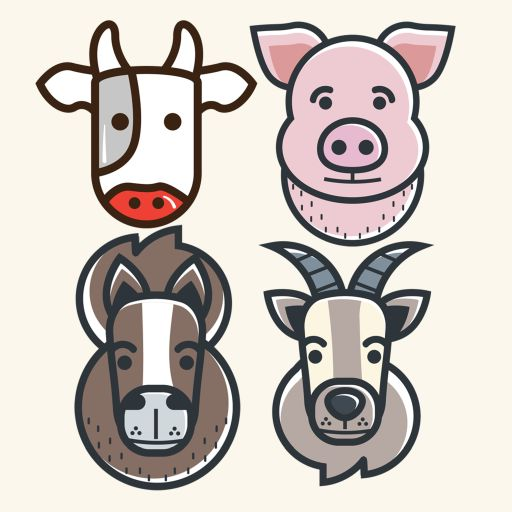Mini Horses
Herd Master
Good advice from FJ. Didn't realize this had "just happened". Lutalyse..I've used on the mini horse in years past. It works. Think it was about 2 wks post breeding for them. Been a while. But a good option and no issues for the animal.


 .
.